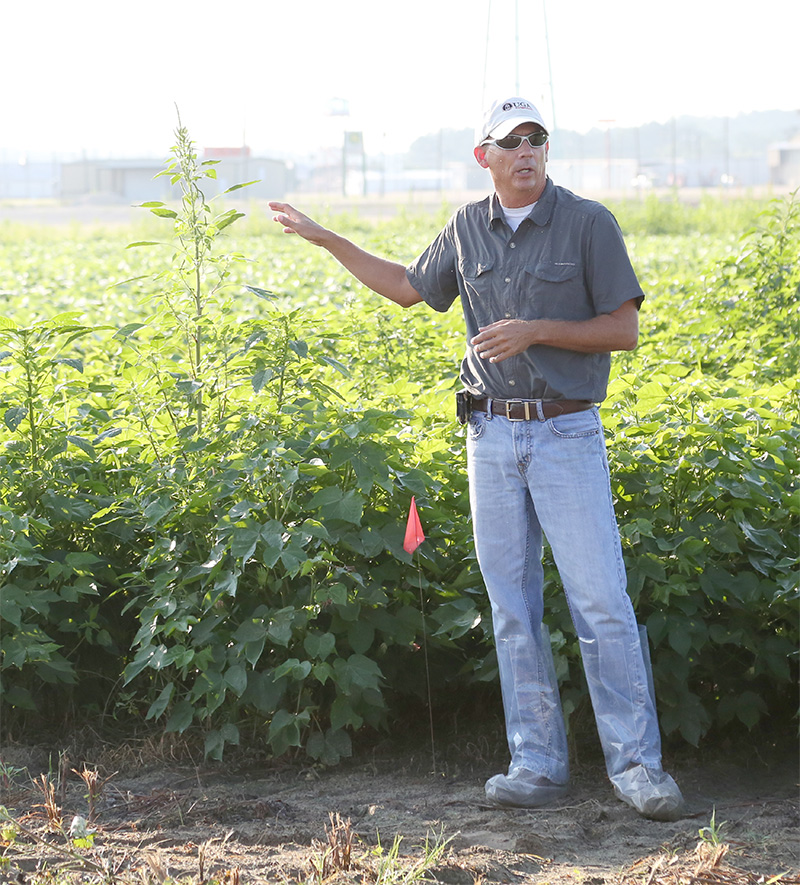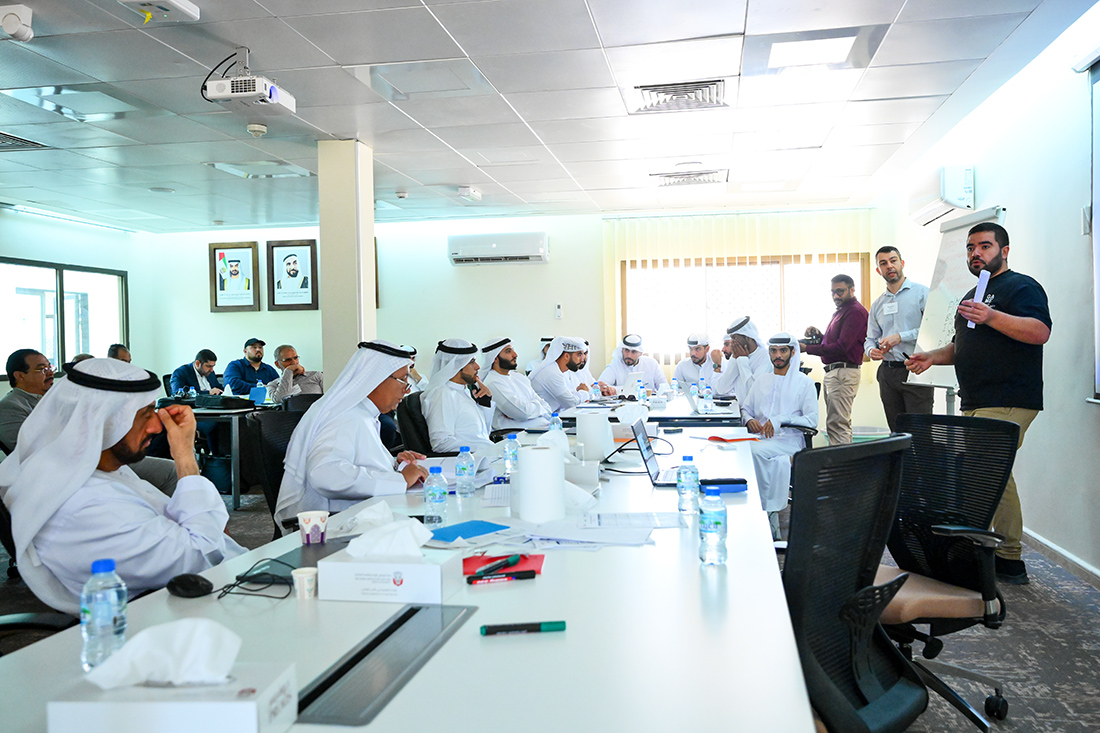Georgia cotton producers face two great weed control challenges this season — how to minimize the development of herbicide resistance and mitigating off-target herbicide drift, according to Stanley Culpepper, University of Georgia Cooperative Extension weed scientist.
Culpepper wants farmers to know how quickly resistance can develop in Palmer amaranth and how the decisions made on the farm this year will directly influence their sustainability. Glyphosate-resistant Palmer amaranth, which has already cost Georgia’s cotton industry more than $1.2 billion since it was first discovered in 2003, has continued to develop resistance to other herbicides throughout Georgia and the rest of the country.
Culpepper emphasizes the importance of protecting Georgia farms from herbicide resistance, but says the immediate and major issue facing farmers is resistance to Protoporphyrinogen Oxidase (PPO) herbicides, which is now quite common in the mid-south.
He believes the chemistry in PPO herbicides is critical in maintaining weed control in cropping systems and losing it would be devastating to farmers’ way of life on the farm.
“The lack of new herbicide modes of action along with the overuse of some herbicides has led to serious issues,” Culpepper said. “Ryegrass and Palmer amaranth pose the greatest threats to our area because of their competitive and genetic potentials.”
If not managed correctly, Palmer amaranth, also known as “pigweed,” can quickly overtake a field. It can reach heights of 7 to 10 feet, rob cotton plants of needed water and nutrients and snag cotton equipment moving through a field.
Growers must implement sound diversified management programs including the rotation of herbicide chemistries, Culpepper said. Cotton growers must make certain no Palmer amaranth is present at the time of planting any crop. Two pre-emergence herbicides with active ingredients effective on Palmer amaranth are recommended, as are sequential post-emergence applications with a layby hooded or direct application system. Layby applications are a key component to row crop farms remaining sustainable.
Tillage and hand weeding are also critical tools for farmers, along with cover crops. Farmers can effectively fight weeds by planting a cover crop like rye, which can help prevent pigweed seeds from receiving adequate sunlight, causing them to struggle to emerge. According to Culpepper, a good rye cover crop can reduce Palmer amaranth emergence by 60 to 80 percent.
“Everyone must also realize that managing Palmer amaranth and ryegrass with only herbicides is futile; the weed will win at some point,” Culpepper said.
All weeds and most cover crops should be killed more than 10 days before cotton planting season begins, usually in May.
Culpepper continues to be concerned with drift in the use of the herbicide dicamba, though there were no reported cases to the Georgia Department of Agriculture in 2017. However, there were more than 2,700 official investigations into off-target deposition of the plant-growth regulator auxin across 24 states that year.
“If we in the agricultural community do not take it upon ourselves to mitigate pesticide drift, then the only thing we may have to put in the tank in the future is the water and maybe an adjuvant or two,” Culpepper said.
Avoid applying herbicides near sensitive crops. Culpepper has developed a visual sensitivity scale for dicamba and 2,4-D:
- Dicamba
- Extreme risk: grapes, lima bean, southern pea, snap bean, soybean, sweet potato and tobacco.
- Severe risk: pepper, tomato and watermelon.
- Moderate risk: cantaloupe, canola, cucumber, peach, peanut and squash.
- Lower risk: broccoli, collards, cabbage, kale, mustard, pecan and turnip.
- 2,4-D
- Extreme risk: grapes, lima bean, southern pea, snap bean, sweet potato and tobacco.
- Severe risk: pepper, tomato and watermelon.
- Moderate risk: cantaloupe, canola, cucumber, soybean and squash.
- Lower risk: broccoli, cabbage, collards, kale, mustard, onions, peach, pecan and turnip.
UGA Extension offers the following tips to improve on-target auxin herbicide applications.
- Always apply herbicides in accordance with the label.
- New dicamba labels require winds between 3 and 10 miles per hour. Higher wind gusts result in a greater chance the application will lead to off-target particle movement. Labels prohibit applications in winds less than 3 mph, helping to avoid applications during inversions. And of course, make sure to use the appropriate labeled spray tip.
- Sprayer ground speed greatly influences drift. The slower you travel through the field, the less likely your application results in drift. Culpepper stresses that tractor speeds not exceed 10 miles per hour and absolutely no aerial applications for any auxin herbicide in summer crops.
- Culpepper recommends the use of a layby rig for herbicide applications later in the growing season. Equipment that is used for layby spraying programs applies the chemical to the base of the cotton plant. This improves weed coverage while reducing the risk of herbicide damage to the cotton plant. UGA Extension research shows it is best to avoid potential herbicide damage to cotton past the eight-leaf stage. Additionally, this application should eliminate the concern of particle drift.
For any other questions regarding weed control, call 1-800-ASK-UGA1 or visit www.extension.uga.edu.




